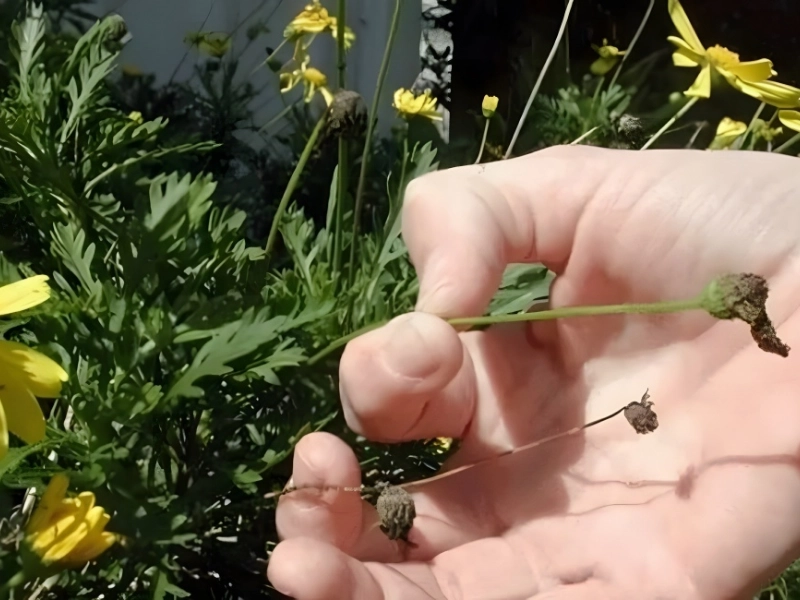Discover the Secrets to Your Own Secret Garden
Advertisement
1. Eliminate Stalks and Dead Flowers
Deadheading: A Simple Guide
What is Deadheading?
Definition: Deadheading is the practice of removing dead blooms and stems from a healthy plant.
Benefits of Deadheading
Improved Appearance: Removing faded flowers enhances the plant's overall look.
Extended Blooming: Regular deadheading encourages the plant to produce more flowers for a longer period.
How to Deadhead
Identify Dead Blooms: Look for browned or dried flowers and stems.
Careful Removal: Gently remove these parts, ensuring you leave the vibrant, green sections intact.
Conclusion
Deadheading is a cost-free and straightforward gardening practice that helps maintain the health and beauty of your plants. By regularly removing dead blooms, you can enjoy a more vibrant garden with extended flowering periods.

Advertisement
Deadheading: When and How to Do It
Understanding Plant Focus
Energy Redirection: After deadheading, a plant will redirect its energy from producing seed heads to generating more blossoms.
Plants That Don’t Require Deadheading
No Need for Deadheading: Some plants do not require this process, including:
Lantana
Nemesia
New Guinea Impatiens
Begonias
Astilbe
Baptisia
Vinca
Sedum
Plants That Benefit from Regular Deadheading
Regular Maintenance Needed: Certain plants, such as geraniums and cosmos, should be deadheaded regularly to promote continuous blooming.
Conclusion
While deadheading can enhance flowering in some plants, it’s important to know which plants benefit from the process and which do not. By focusing on the needs of your specific plants, you can maintain a vibrant and flourishing garden.
Advertisement
You May Like










